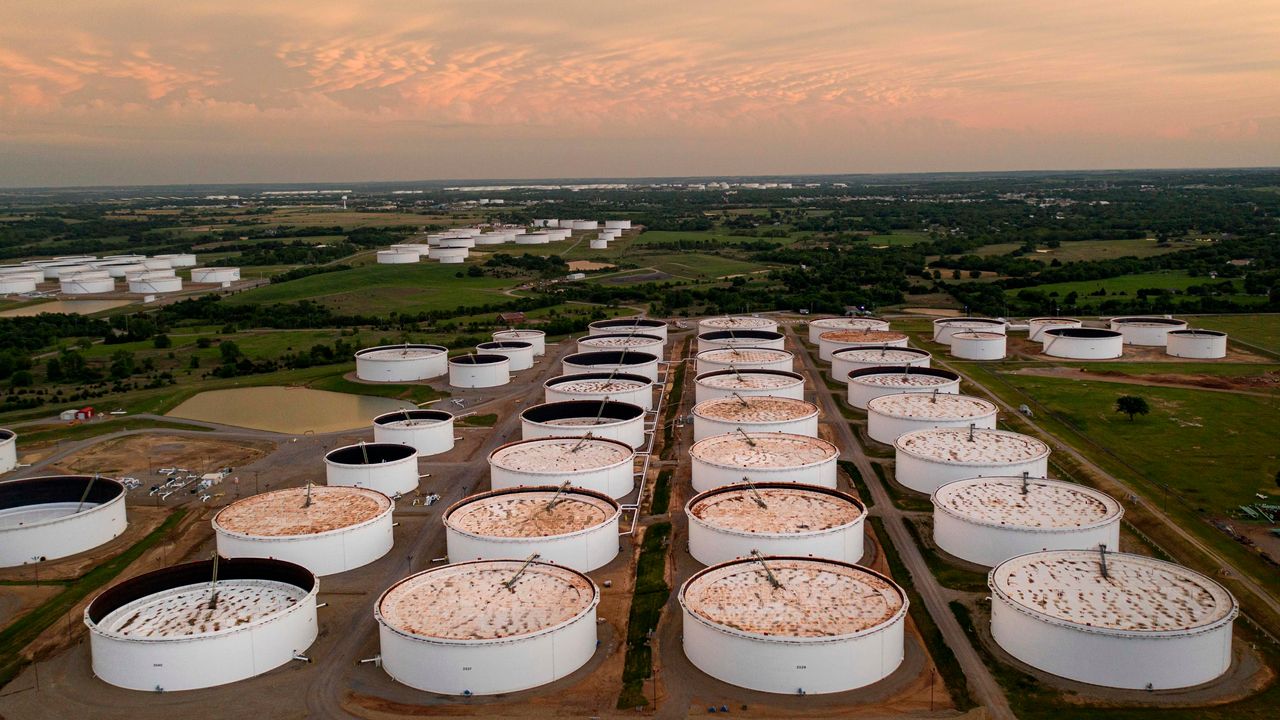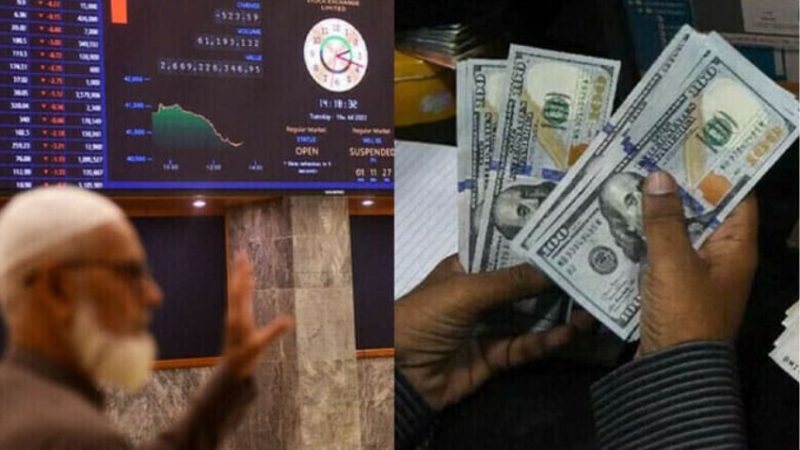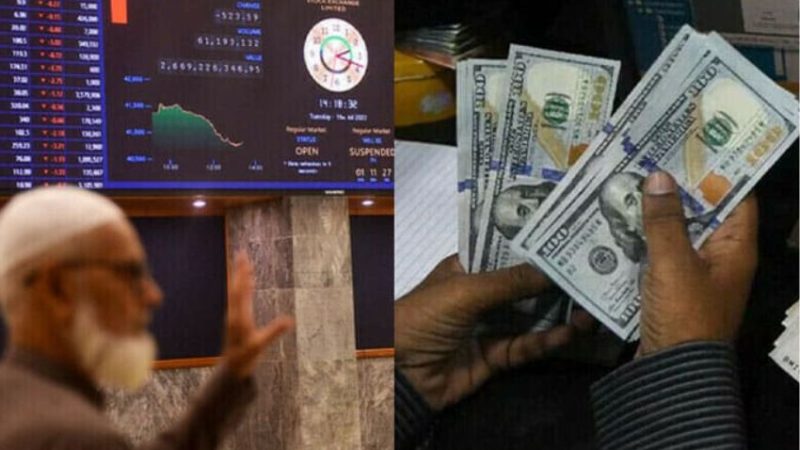Oil futures climbed on Friday, but remained on track for weekly declines as worries about a surge in COVID-19 cases in India and Japan, in particular, contribute to concern over the demand outlook.
The market is waiting to “grasp what will weigh more heavily on demand, seeing a rise in COVID-19 infections in India and Japan but a demand uptick in the U.S. and Europe,” said Paola Rodriguez-Masiu, vice president of oil markets at Rystad Energy, in a daily note. “Indian and Japanese COVID-19 infection numbers have worried traders during the week and have caused prices to head for a weekly decline.”

West Texas Intermediate crude for June delivery CL00, 1.04% CLM21, 1.04% rose 82 cents, or 1.3%, to $62.25 a barrel on the New York Mercantile Exchange. June Brent crude BRN00, 0.87% BRNM21, 0.87%, the global benchmark, rose 74 cents, or 1.1%, to $66.14 a barrel on ICE Futures Europe.
For the week, WTI was on track for a loss of 1.4%, while Brent was off 0.9%. The weaker tone has been tied in large part to a surge in COVID-19 cases in India and and Japan. Prices for both benchmarks, however, trade more than 26% higher year to date.
India, one of the world’s largest oil importers, saw more than 330,000 cases in a 24-hour period, setting a global record for a second day. In Japan, Tokyo is expected to suffer another lockdown shortly.
India and Japan are the world’s third and fourth largest oil importers respectively, after China and the U.S.
“The explosion in Indian COVID cases remains one of the key near-term risks plaguing what we would deem as an otherwise reasonably constructive backdrop for investor sentiment,” said Michael Tran, analyst at RBC Capital Markets, in a note.
Indian Prime Minister Narendra Modi “has prioritized economic activity and urged states to use lockdowns as a last resort, but curbing consumption inevitably leaves the Asian product market soggy, thus weighing on refinery margins (and perhaps future crude demand), particularly as Chinese gasoline exports are near all-time highs,” Tran wrote.
What Biden’s First 100 Days Mean For You and Your Money
Still, “signs of stronger demand from the West,” said Rodriguez-Masiu, provided some support for prices on Friday.
Over the past four weeks, U.S. demand for motor gasoline averaged 8.9 million barrels a day, up by 61.5% from the same period last year, and “we see demand in the country rising following a steep recovery trend as the summer driving season begins,” she said. Over in Europe, April’s Eurozone PMI data came up “surprisingly positive, a sign that demand is ticking up.”
“The current market price structure is anticipating what we see in our crude balances — a tight summer 2021,” said Rodriguez-Masiu.
If demand recovers this summer, the Organization of the Petroleum Exporting Countries and its allies, together known as OPEC+, “might need to ramp up supply far beyond current July 2021 targets,” she said.
At a meeting in early April, the group decided to gradually raise production from May through July. OPEC+ will hold its next meeting on Wednesday.
Back on Nymex, May gasoline RBK21, 1.00% tacked on 1.2% to $2 a gallon, poised for a weekly decline of 1.9%, and May heating oil HOK21, 0.77% added 1% to $1.88 a gallon, trading 0.8% lower for the week.
May natural gas NGK21, -0.25% was down less than a penny at $2.74 per million British thermal units, but on track for a weekly rise of 2.4%.








